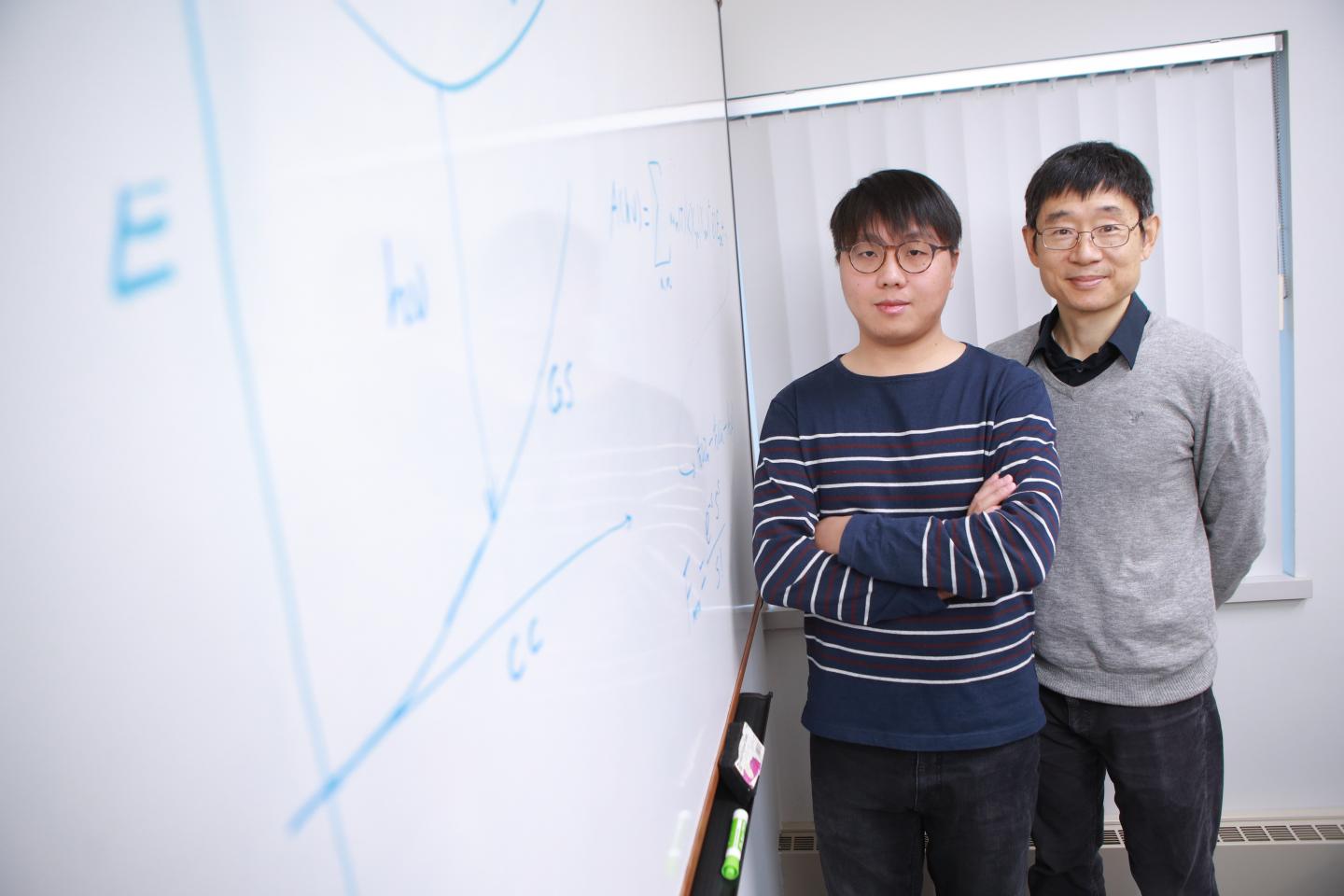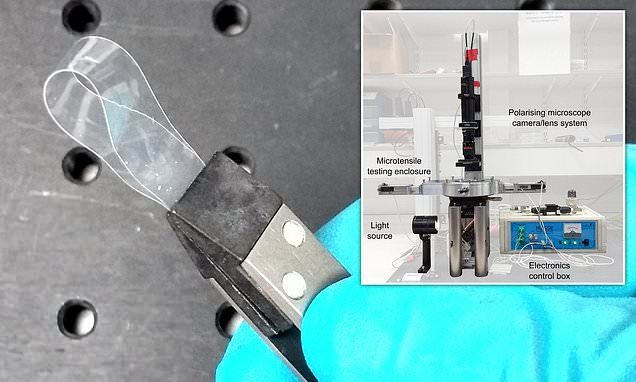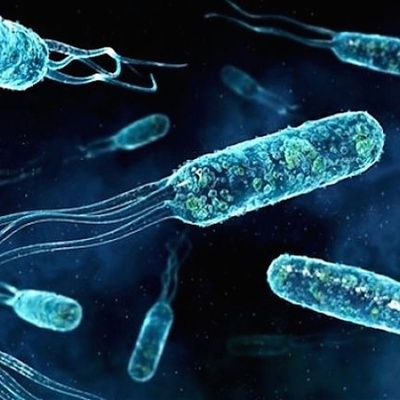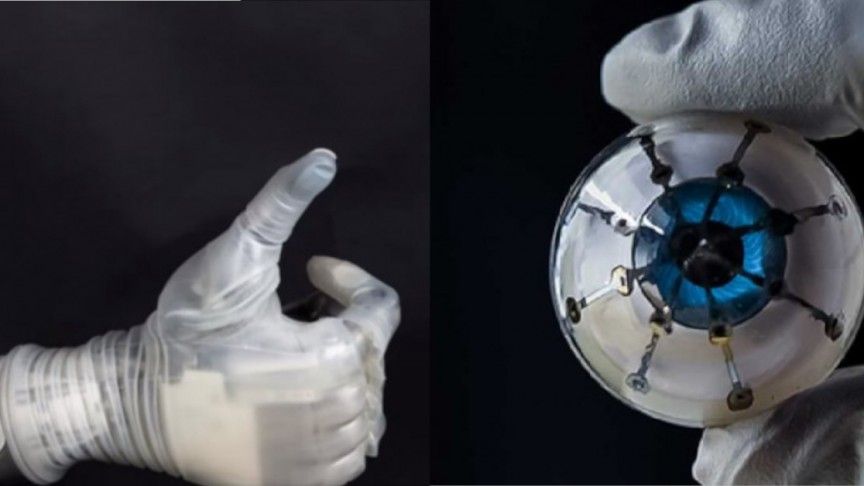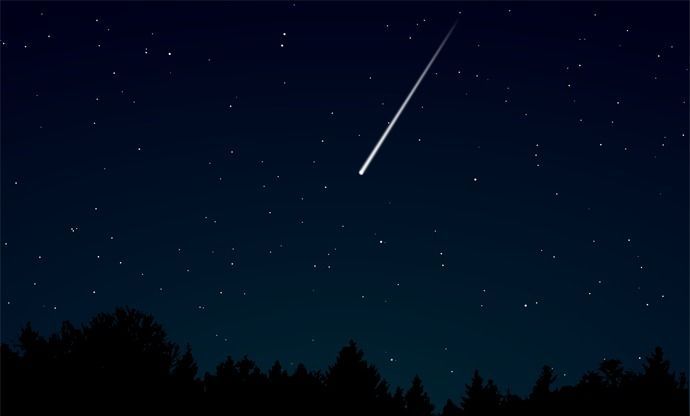Physicists at The University of Toledo are part of an international team of scientists who discovered a single material that produces white light, opening the door for a new frontier in lighting, which accounts for one-fifth of global energy consumption.
“Due to its high efficiency, this new material can potentially replace the current phosphors used in LED lights — eliminating the blue-tinged hue — and save energy,” said Dr. Yanfa Yan, professor of physics at UT. “More research needs to be done before it can be applied to consumer products, but the ability to reduce the power that bulbs consume and improve the color quality of light that the bulbs emit is a positive step to making the future more environmentally friendly.”
The renewable energy research was recently published in Nature, the world’s leading multidisciplinary science journal.
